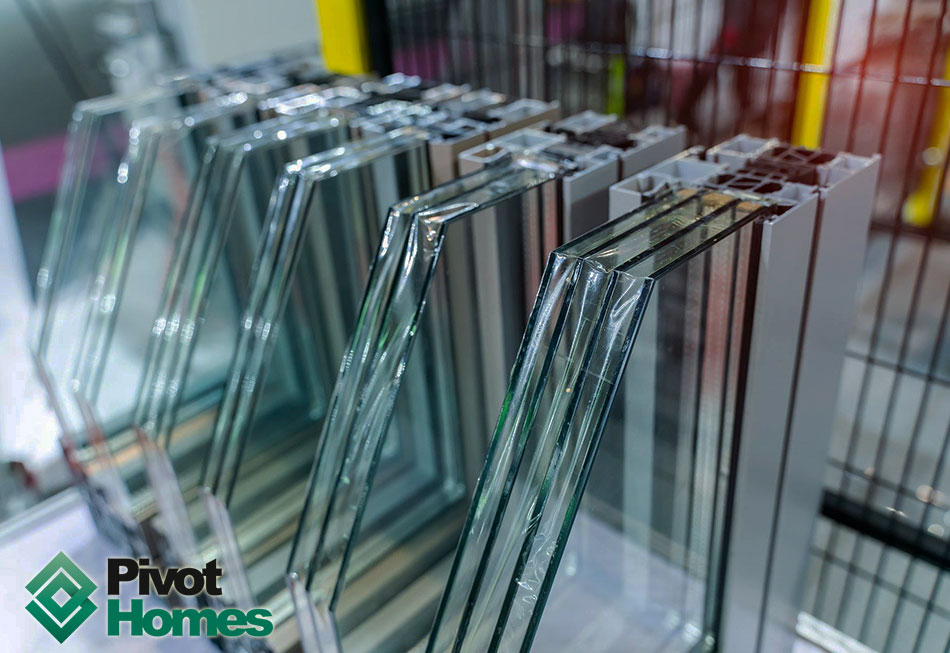All Categories
Featured
Table of Contents
What Are The Advantages Of Double Glazed Windows? in Mount Pleasant Western Australia
Laminated glass is often used in locations in the house most prone to injury from human impact such as bathrooms, doors, around staircases and in locations near to the flooring (it meets the requirements of 'shatterproof glass' that is mandated for usage in these locations by Australian Basic AS 1288 Glass in structures).
Toughened glass has actually been 'tempered' by being reheated and quickly cooled again. This process makes it much stronger than basic glass it can withstand greater effect loads before breaking. It likewise makes it safer due to the fact that, when it does shatter, it breaks into many little cubic pieces rather than dangerous shards.
Glass Selector - Custom Single & Double Glazed ... in Perth CBD Perth
Toughened glass has no thermal or acoustic advantages over other glass of the very same toning or thickness. Secondary glazing is where single-glazed windows are retrofitted with a transparent acrylic or glass sheet connected to the inside of the frame or openable sash with a secondary frame or with magnetic strips.


Secondary glazing will not perform as well thermally as a produced IGU, given that it is difficult to completely seal the border, but it can provide good sound control. Window films are a thin polymer film containing a soaking up dye or reflective metal layer, with an adhesive backing. They stick to your glazing to change its colour or make it reflective.
Double Glazed Windows And Doors In Perth in North Lake Perth
Applied to existing glass, some window films can halve the overall SHGC of the window by soaking up and/or showing solar radiation. This can be especially advantageous in hotter climates where cooling is the main concern, or on east and west elevations directly exposed to extended periods of sunshine. However, window movies may also lower visible light transmittance.

For this reason, it is generally best to use a certified installer of window film. Frames have a considerable effect on the thermal performance of doors and windows, since energy can be acquired and lost through the frame, as well as through the glass. Various kinds of frame will allow different levels of heat gain and loss, so mindful option of frame is very important for effective passive design.
What Are Double Glazed Windows? - Build in Lynwood WA
However, aluminium is likewise a great conductor of heat and will reduce the insulating value of a glazing system, unless particularly engineered to minimize this. A 'thermally broken' frame is made up of 2 aluminium sections linked by a structural insulator (typically a low-conductivity structural polymer). This 'breaks' the thermal connection through the aluminium and lowers the heat flowing through the frame.
They can be pricey, however rates are reducing as they end up being more typical. Wood frames are a great natural insulator that can match some house designs. Wood frames must be made from species that have naturally high sturdiness or be treated to avoid decay and deformation. Examine that the lumber is sourced from a sustainably handled forest.
Double Glazed Windows Sydney & Replacement Windows in Safety Bay Western Australia
(weather stripping) is set up.
u, PVC windows and doors have exceptional thermal performance Image: Ben Wrigley (Light Home Architecture and Science) Composite frames utilize aluminium profiles on the outer areas with either a lumber or u, PVC inner area. These combine the low upkeep and resilience of aluminium with much enhanced thermal efficiency.
Table of Contents
Latest Posts
Fitting A Cabin In Your Garden? Get Double Glazing Fitted Too in Connolly Perth
Brisbane's Best Double Glazed Windows in Stirling Western Australia
Twinglaze® Double Glaze Specification Act - Vic in Bickley Western Australia
More
Latest Posts
Fitting A Cabin In Your Garden? Get Double Glazing Fitted Too in Connolly Perth
Brisbane's Best Double Glazed Windows in Stirling Western Australia
Twinglaze® Double Glaze Specification Act - Vic in Bickley Western Australia